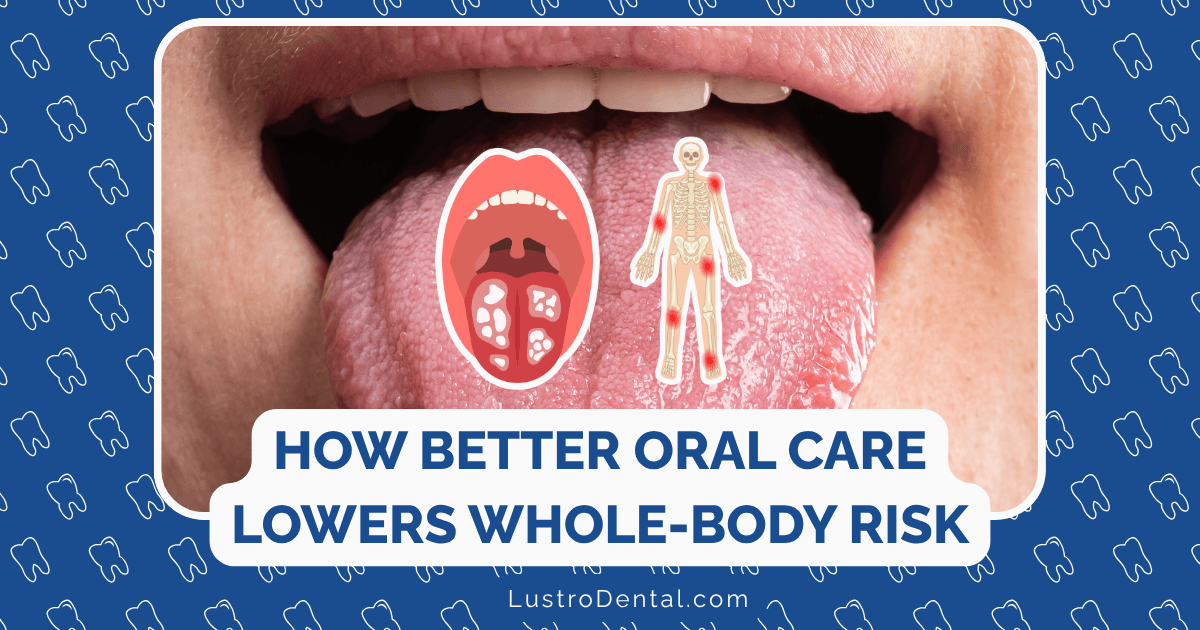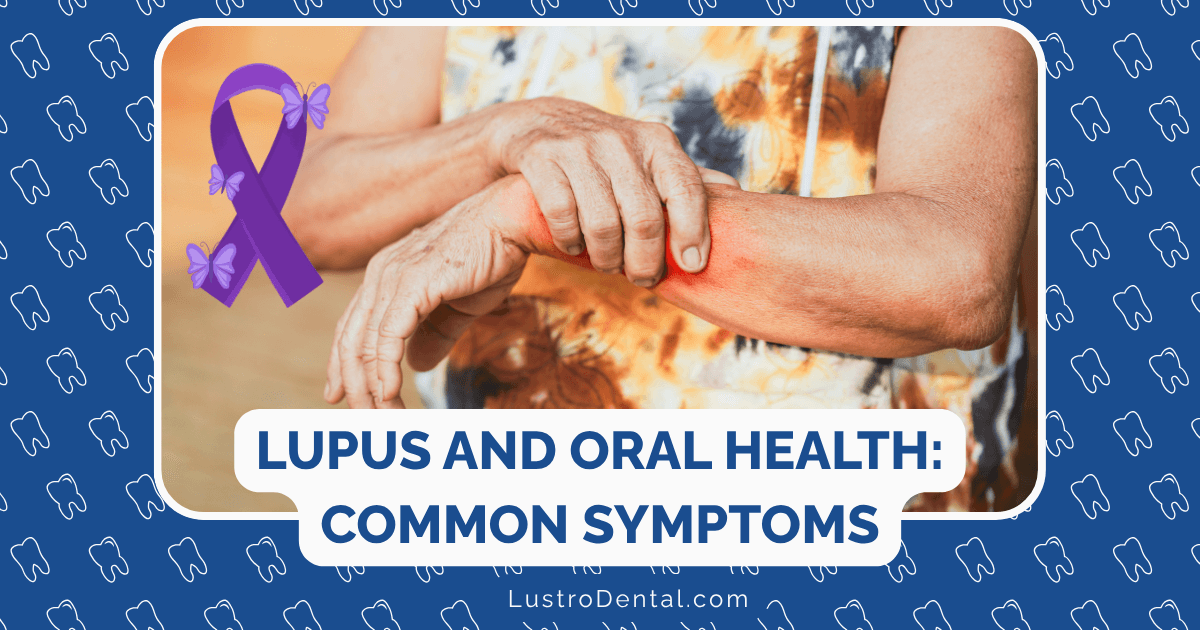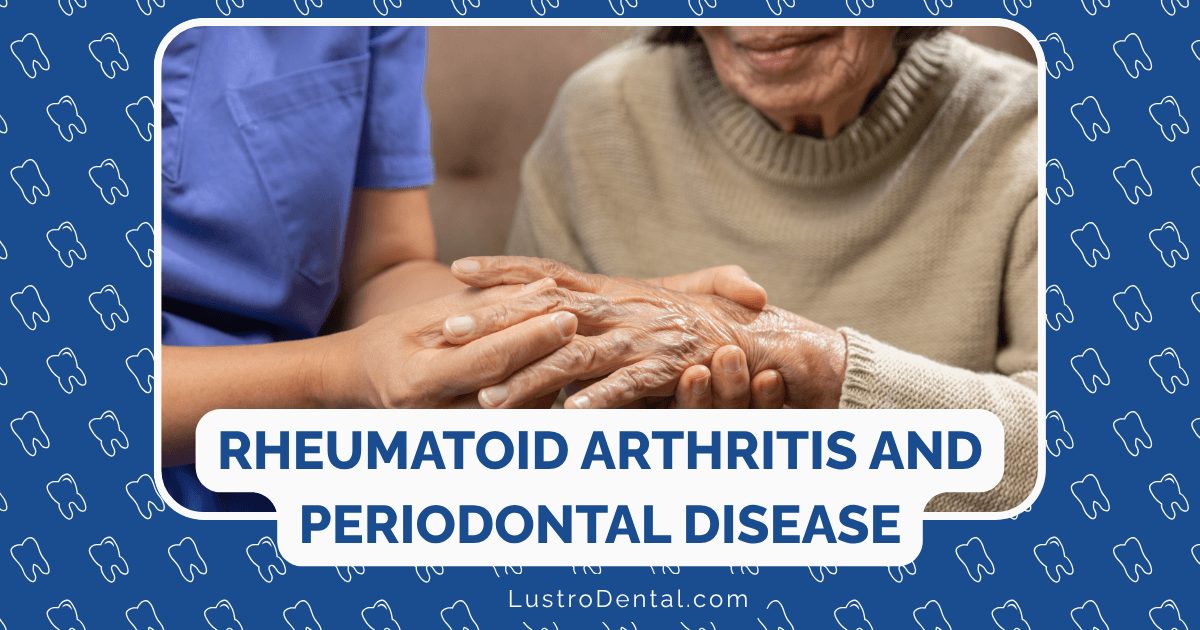Collaborative Care: How Dentists and Cardiologists Work Together

In the traditional healthcare model, medical specialties often operate in silos. Dentists focus on oral health, cardiologists on heart health, and rarely do the two worlds intersect. But a growing body of research is revealing just how interconnected the mouth and heart truly are, prompting a paradigm shift in how these specialists approach patient care.
This evolution in healthcare delivery has given rise to collaborative models where dentists and cardiologists work together to provide comprehensive, patient-centered care. Let’s explore this emerging field of collaborative practice and what it means for patients and healthcare providers alike.
The Oral-Cardiac Connection: Why Collaboration Matters
The link between oral health and cardiovascular disease is now well-established. According to the American Academy for Oral Systemic Health (AAOSH), there’s compelling evidence connecting periodontal (gum) disease with an increased risk of heart disease, stroke, and other cardiovascular conditions.
Consider these facts:
- People with periodontal disease have two to three times the risk of having a heart attack, stroke, or other serious cardiovascular event compared to those with healthy gums.
- Oral bacteria from infected gums can enter the bloodstream, potentially contributing to arterial plaque formation.
- The inflammatory response triggered by gum disease may increase systemic inflammation, a key factor in cardiovascular disease.
Dr. Sarah Johnson, a cardiologist at Cleveland Clinic, explains: “What happens in the mouth doesn’t stay in the mouth. The same inflammatory processes that damage gum tissue can also affect the cardiovascular system. This biological connection creates a natural imperative for dentists and cardiologists to work together.”
Collaborative Care Models: How Integration Works
Several models of collaborative care between dentists and cardiologists have emerged in recent years, ranging from informal referral networks to fully integrated practices. Here’s how these collaborative approaches typically function:
1. Bidirectional Referral Systems
The most common form of collaboration involves established referral pathways between dental and cardiology practices. In this model:
- Dentists screen patients for cardiovascular risk factors and refer those with concerning findings to cardiologists.
- Cardiologists inquire about oral health and refer patients with heart disease for dental evaluation and treatment.
Dr. Michael Chen, periodontist at the University of California, notes: “We’ve implemented a standardized cardiovascular risk assessment for all new patients over 40. When we identify patients with multiple risk factors, we have a direct referral pathway to local cardiologists who understand the oral-systemic connection.”
2. Co-Location of Services
Some healthcare systems have begun co-locating dental and cardiology services to facilitate collaboration:
- Dental clinics within cardiology practices or cardiac care centers
- Cardiology services within large dental centers
- Comprehensive health centers that house both specialties
The Integrative Oral Medicine Center in Delaware is one example of this approach, offering both dental care and cardiovascular risk assessment under one roof.
3. Shared Electronic Health Records
Digital integration through shared electronic health records (EHRs) enables seamless information exchange between dental and medical providers:
- Dentists can access patients’ cardiovascular history, medications, and risk factors
- Cardiologists can view dental records, including periodontal assessments and treatment plans
- Both specialists can document findings relevant to the other’s practice
A 2025 study published in the Journal of the American Dental Association found that practices using integrated EHRs saw a 27% increase in appropriate cross-referrals between dentistry and cardiology.
4. Multidisciplinary Care Teams
The most advanced collaborative model involves multidisciplinary care teams that include both dentists and cardiologists, along with other healthcare professionals:
- Regular case conferences to discuss complex patients
- Coordinated treatment planning that addresses both oral and cardiovascular health
- Shared responsibility for patient outcomes
The Sunnybrook framework for interprofessional team collaboration provides a structure for this approach, emphasizing six core competencies: shared decision-making, interprofessional values and ethics, role clarification, communication, interprofessional conflict resolution, and reflection.
Clinical Protocols for Collaborative Care
Effective collaboration requires standardized protocols that guide when and how dentists and cardiologists should interact. Here are some of the key clinical scenarios where collaboration is particularly valuable:
1. Preoperative Dental Clearance for Cardiac Patients
Patients with certain cardiac conditions may require special considerations before dental procedures:
- Anticoagulation management: Dentists and cardiologists must coordinate regarding the continuation or modification of blood-thinning medications before dental surgery.
- Antibiotic prophylaxis: Patients with specific heart conditions may need preventive antibiotics before certain dental procedures to reduce the risk of infective endocarditis.
- Hemodynamic concerns: For patients with severe heart failure or unstable angina, dentists and cardiologists must jointly determine the safest approach to necessary dental care.
2. Joint Management of Shared Risk Factors
Both specialties can work together to address common risk factors:
- Smoking cessation: Coordinated counseling and referral to cessation programs
- Diabetes management: Shared monitoring of glycemic control, which affects both periodontal and cardiovascular health
- Nutrition counseling: Joint recommendations for dietary patterns that support both oral and heart health
3. Periodontal Treatment for Cardiovascular Risk Reduction
Emerging evidence suggests that treating periodontal disease may help reduce cardiovascular inflammation:
- Cardiologists may refer patients with elevated inflammatory markers for periodontal evaluation
- Dentists may prioritize aggressive periodontal therapy for patients with established heart disease
- Both specialists may monitor inflammatory markers (like C-reactive protein) before and after periodontal treatment
4. Medication Considerations
Many medications prescribed by cardiologists can affect oral health, and some dental treatments can impact cardiovascular medications:
- Calcium channel blockers: Can cause gingival hyperplasia (gum overgrowth)
- Anticoagulants: Increase bleeding risk during dental procedures
- NSAIDs: Commonly used for dental pain but can interfere with some heart medications
- Local anesthetics with epinephrine: Require careful use in patients with certain cardiac conditions
Dr. Robert Thompson, periodontist and member of the American Academy for Oral Systemic Health, emphasizes: “We’ve developed a shared medication management protocol with our cardiology colleagues. Before any invasive dental procedure, we conduct a medication reconciliation and consult with the patient’s cardiologist if there are any concerns.”
Real-World Implementation: Success Stories
Several pioneering programs demonstrate the benefits of dentist-cardiologist collaboration:
The CardioOral Health Initiative
Launched in 2025, this program at the University of Michigan integrates periodontal screening into cardiology practices and cardiovascular risk assessment into dental offices. In its first year, the initiative identified previously undiagnosed periodontal disease in 37% of cardiology patients and cardiovascular risk factors in 29% of dental patients.
The Holistic Oral-Cardiac Care Model
This model, implemented at Mayo Clinic, includes:
- A dedicated dental clinic within the cardiovascular department
- Standardized screening protocols used by both dentists and cardiologists
- Regular joint case conferences
- Shared educational sessions for patients about the mouth-heart connection
Preliminary results show a 22% reduction in hospital admissions for cardiovascular events among patients enrolled in this program compared to those receiving traditional care.
Benefits of Collaborative Care
The integration of dental and cardiac care offers numerous advantages:
For Patients:
- Comprehensive care: Addresses both oral and cardiovascular health needs
- Convenience: Reduces the number of separate appointments and streamlines care
- Improved outcomes: Early intervention for both dental and cardiac issues
- Enhanced education: Better understanding of the mouth-heart connection
For Healthcare Providers:
- Expanded knowledge: Dentists learn more about cardiovascular disease; cardiologists gain insights into oral health
- Shared responsibility: Distributes the burden of complex care across specialists
- Professional satisfaction: More holistic approach to patient care
- Practice growth: New referral sources and expanded patient base
For Healthcare Systems:
- Cost savings: Potential reduction in emergency department visits and hospitalizations
- Improved quality metrics: Better management of chronic conditions
- Enhanced preventive care: Earlier identification of risk factors
- Reduced duplication: Less redundant testing and procedures
Challenges and Solutions
Despite its benefits, implementing collaborative care between dentists and cardiologists faces several challenges:
Challenge: Separate Education and Training
Dentists and cardiologists are educated in different systems with minimal overlap.
Solution: Interprofessional education initiatives like the one highlighted in the 2025 white paper from UNC’s Adams School of Dentistry are working to integrate oral health into medical education and cardiovascular health into dental education.
Challenge: Separate Reimbursement Systems
Dental and medical insurance operate independently, creating financial barriers to collaboration.
Solution: Advocacy efforts are underway to create new billing codes for collaborative care. Some innovative insurance programs, like Cigna’s Collaborative Care for Specialists, are beginning to reimburse for coordinated care between medical and dental providers.
Challenge: Communication Barriers
Different terminology, documentation systems, and practice cultures can impede effective communication.
Solution: Standardized communication protocols, shared electronic records, and regular interdisciplinary meetings help bridge these gaps. The Sunnybrook framework provides specific guidance on effective communication between healthcare disciplines.
Challenge: Space and Logistics
Physical separation of dental and cardiology practices can limit collaboration.
Solution: Telehealth consultations, mobile dental units visiting cardiology practices, and co-location of services in new healthcare facilities are addressing this challenge.
The Future of Dentist-Cardiologist Collaboration
The field of collaborative care between dentists and cardiologists continues to evolve. Here are some emerging trends to watch:
1. Advanced Screening Technologies
New point-of-care testing that can be performed in dental offices may soon allow dentists to screen for cardiovascular biomarkers, while cardiologists may use advanced imaging to detect signs of oral inflammation affecting the cardiovascular system.
2. Personalized Risk Assessment
Genetic testing and artificial intelligence are enabling more sophisticated assessment of how an individual’s oral health affects their specific cardiovascular risk, allowing for truly personalized collaborative care plans.
3. Integrated Education Programs
Medical and dental schools are developing joint curricula that prepare the next generation of providers for collaborative practice. The American Dental Association’s 2025 symposium “Dentistry’s Role in Complete Health” represents this trend, focusing on how dentists can collaborate with medical specialists to impact overall health.
4. Policy and Payment Reform
Healthcare policy is slowly shifting toward models that incentivize collaboration across specialties. Value-based payment systems that reward health outcomes rather than procedures performed may accelerate this trend.
How Patients Can Benefit from Collaborative Care
If you’re interested in receiving more integrated care from your dental and cardiac providers, consider these steps:
- Share your complete health history with both your dentist and cardiologist, including all medications and recent treatments.
- Ask about the oral-cardiac connection at your next appointment and whether your providers have established collaborative relationships with other specialists.
- Request referrals if you have both periodontal disease and cardiovascular risk factors or disease.
- Look for integrated practices that offer both dental and cardiovascular services or have established collaborative protocols.
- Advocate with your insurance provider for coverage of collaborative care services.
Conclusion: A More Integrated Future
The traditional boundaries between dental and cardiac care are blurring as evidence of their interconnection grows stronger. Collaborative care models that bring dentists and cardiologists together represent not just a trend but a fundamental shift in how we approach healthcare.
Dr. Elizabeth Chen, Director of Integrative Medicine at Northwestern University, summarizes it well: “The mouth is not separate from the rest of the body, and neither should dental care be separate from medical care. The collaborative model between dentists and cardiologists exemplifies the future of healthcare—integrated, preventive, and focused on the whole person.”
As research continues to illuminate the connections between oral and cardiovascular health, we can expect to see even more innovative approaches to collaboration between these essential healthcare providers. The beneficiaries will be patients, who receive more comprehensive, coordinated care that addresses both their dental and cardiac needs.
Have you experienced collaborative care between your dentist and cardiologist? Share your experience in the comments below!







